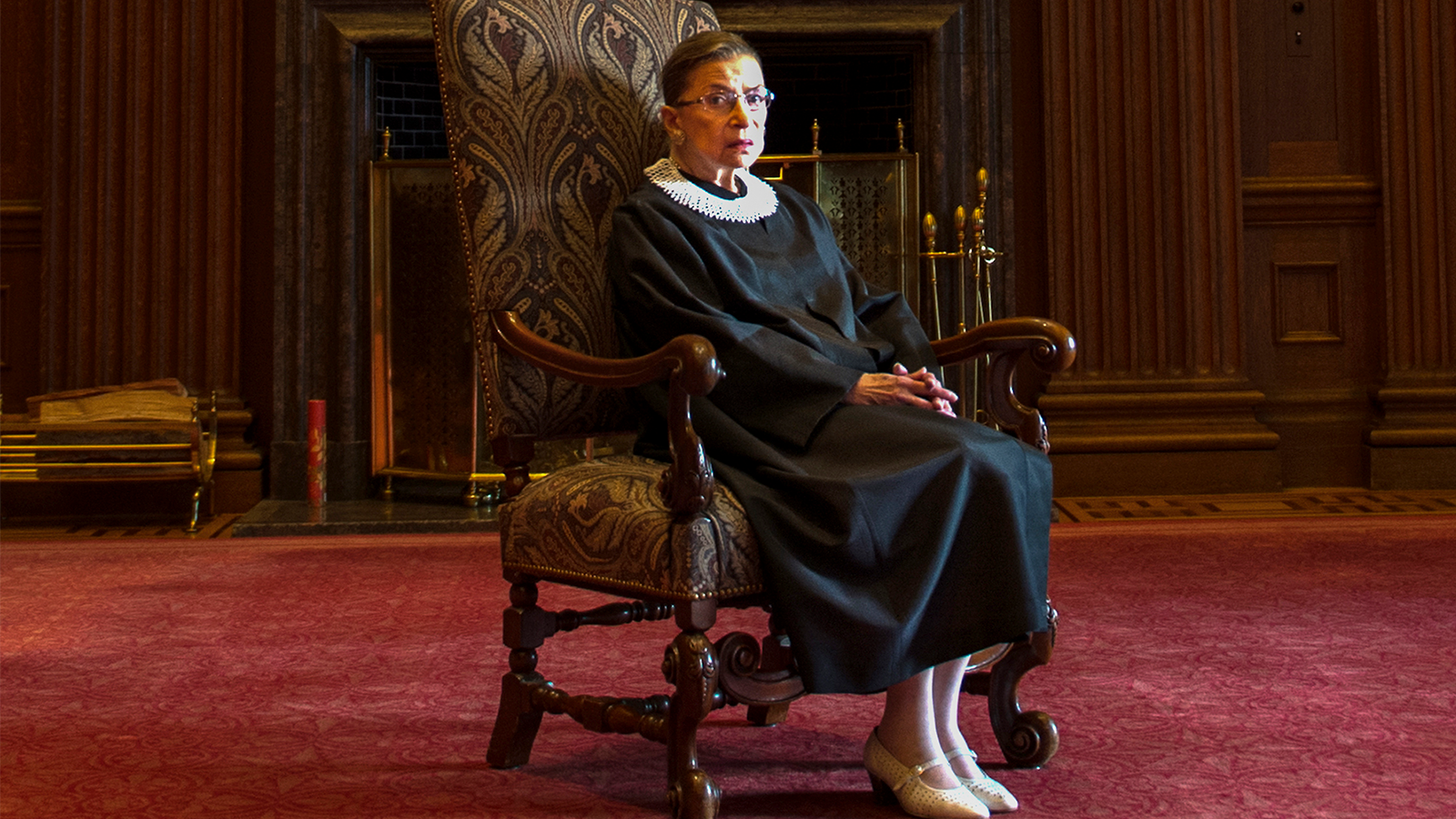
In early 2019, I walked into an exhibit at the Skirball Cultural Center in Los Angeles that exponentially expanded my love and respect for Justice Ruth Bader Ginsburg. I had long admired her soft but fierce demeanor on the Supreme Court bench and was excited to learn more about the life of this extraordinary woman and pop culture icon. I left that museum more awestruck than I could have ever imagined.
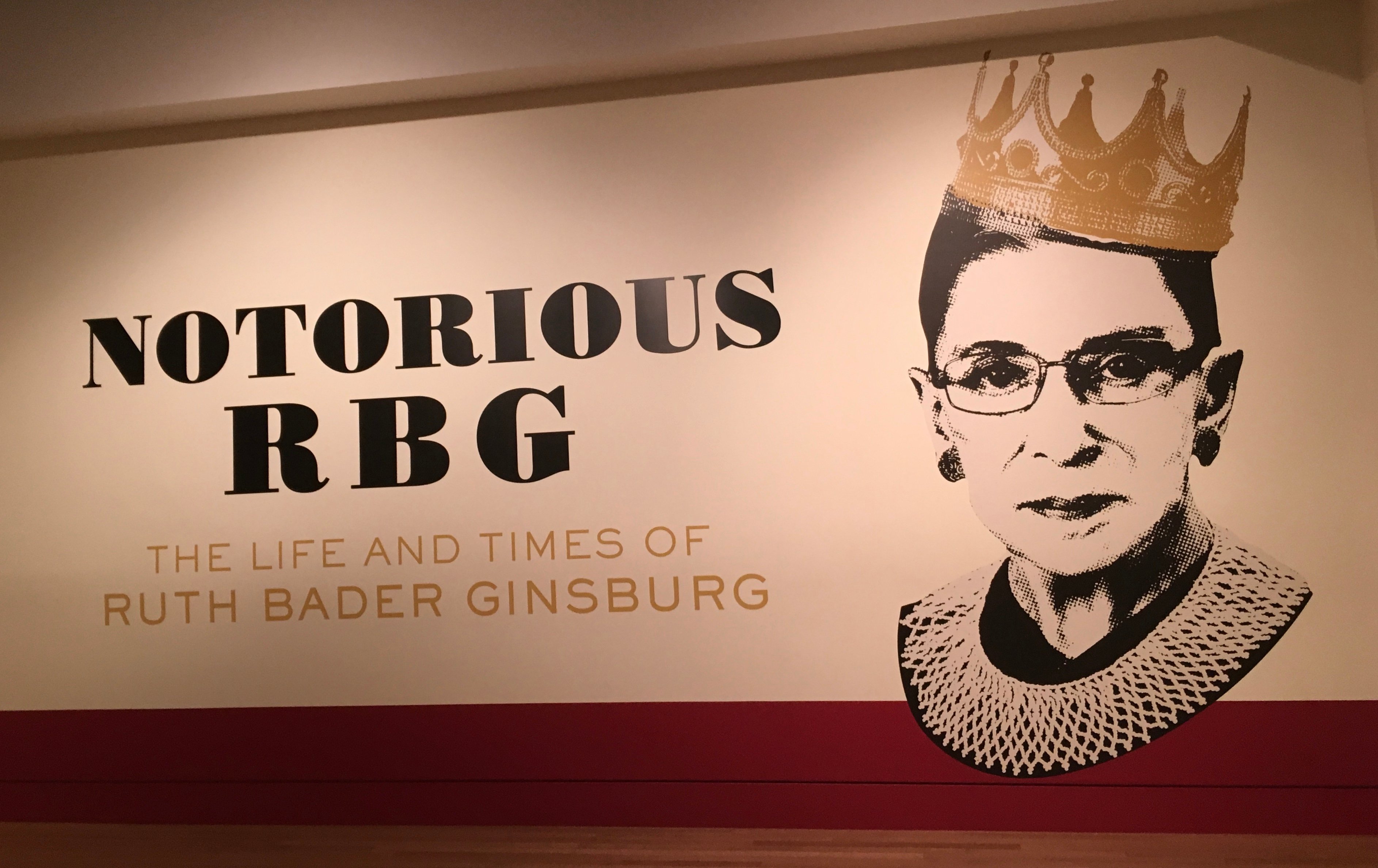
That exhibit not only taught me about RBG’s work ethic, educational background, determination for woman’s rights, and unexpected friendship with Justice Scalia, but it served to inspire my own educational journey to enter a field that would allow me to advocate for social justice and equity in schools. I know I’m only one of millions of individuals she inspired, but imagine my devastation upon receiving a text at 4:39 p.m. last Friday night from my best friend with a simple link to the NPR article announcing her passing.
“No, not RBG. She was so strong in her battle with pancreatic cancer. The world needs her quick wit and sharp determination for equality and human rights. There’s still so much work to be done. How can this be?”
My stomach in knots, I turned on the local news and saw the overwhelming outpouring on social media. A collective sadness from friends, family, coworkers, and strangers confirmed my deepest fears: my hero had officially passed on. In her wake, RBG left an insurmountable hole in the hearts of those she inspired. Her work meant so much to me and so many others, but why? Why was the loss of this iconic woman, with her small stature, soft voice, and cultural legacy, felt nationwide? The answer is almost impossible to encompass because of her far-reaching work for women’s rights and equality, but let’s look at a few examples of what made RBG legendary.
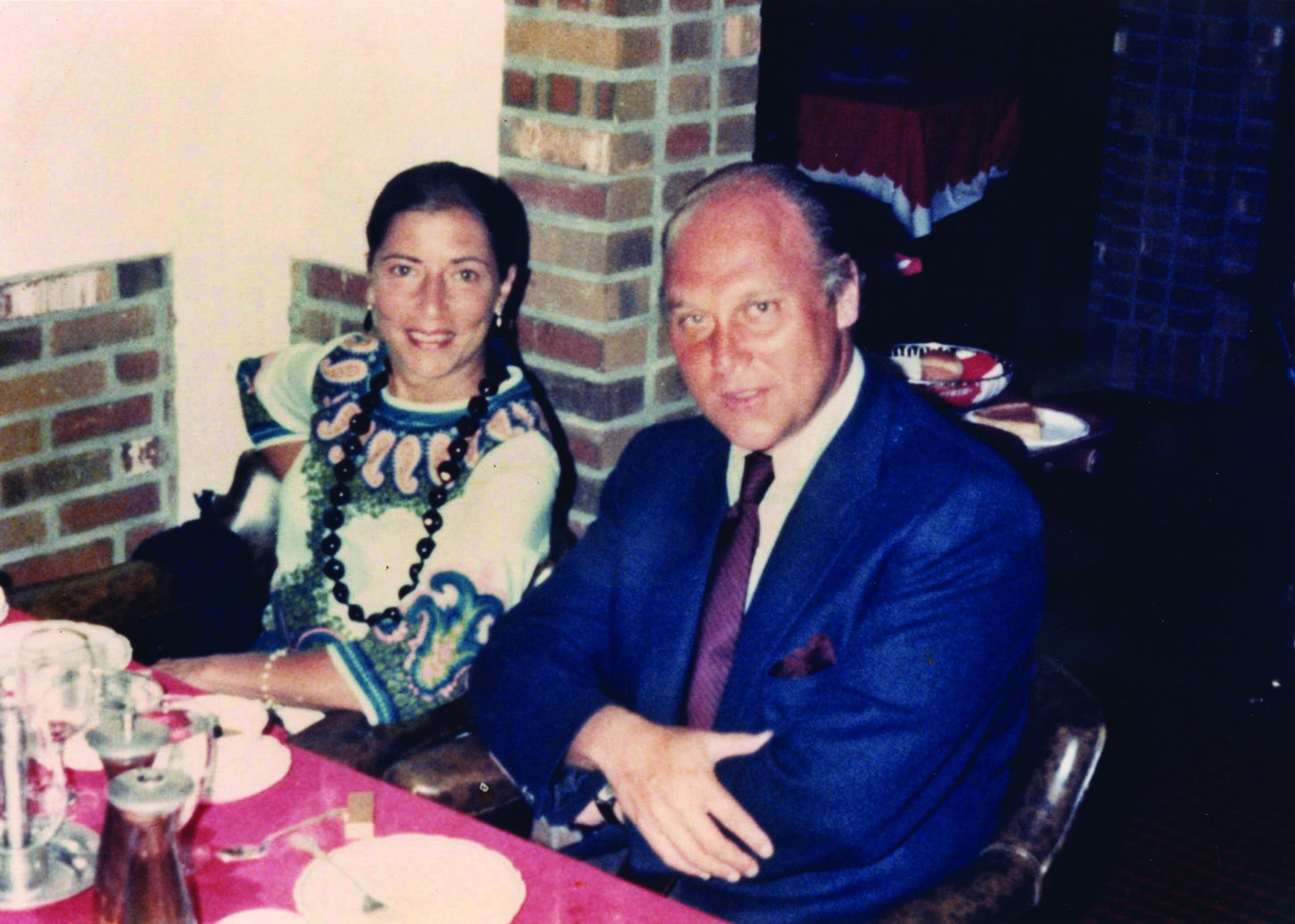
A Wife, a Mom, and a Lawyer
RBG grew up in a time where women were not formally encouraged to pursue higher education or be anything other than a wife and a mother. She met her future husband, Martin Ginsburg, at the age of seventeen, when she began attending Cornell University seeking a bachelor of arts degree in government. They married shortly after her undergraduate graduation, and the family subsequently moved to Oklahoma, where RBG worked for the Social Security Administration. She was demoted and received a wage reduction after becoming pregnant with her first child.
She and her husband both enrolled in Harvard Law School, where RBG was one of nine women in a class of over five hundred students. While in the final stretch of school, her husband underwent radiation treatment for testicular cancer. While concurrently going through law school herself and raising their toddler, RBG gave carbon paper to his classmates to make sure he got notes and would type his papers as he dictated to her. In the midst of her husband’s health struggles, her own studies never wavered, and she raised their daughter. She was even the first female member of the Harvard Law Review. For her final year of law school, RBG transferred from Harvard to Columbia University because her husband took a job in New York and they didn’t want to break up their family. She was not allowed a Harvard degree but tied for first in her class at Columbia.
Her early educational background is proof that women do not need to be relegated to one job title. RBG was not just a mother or wife or lawyer, but all three and so much more. I’m currently in graduate school, and it’s hard enough without children or a husband undergoing cancer treatment! Her strength during that time and resolve for herself and her family are extraordinary, and she did it all while wearing heels.
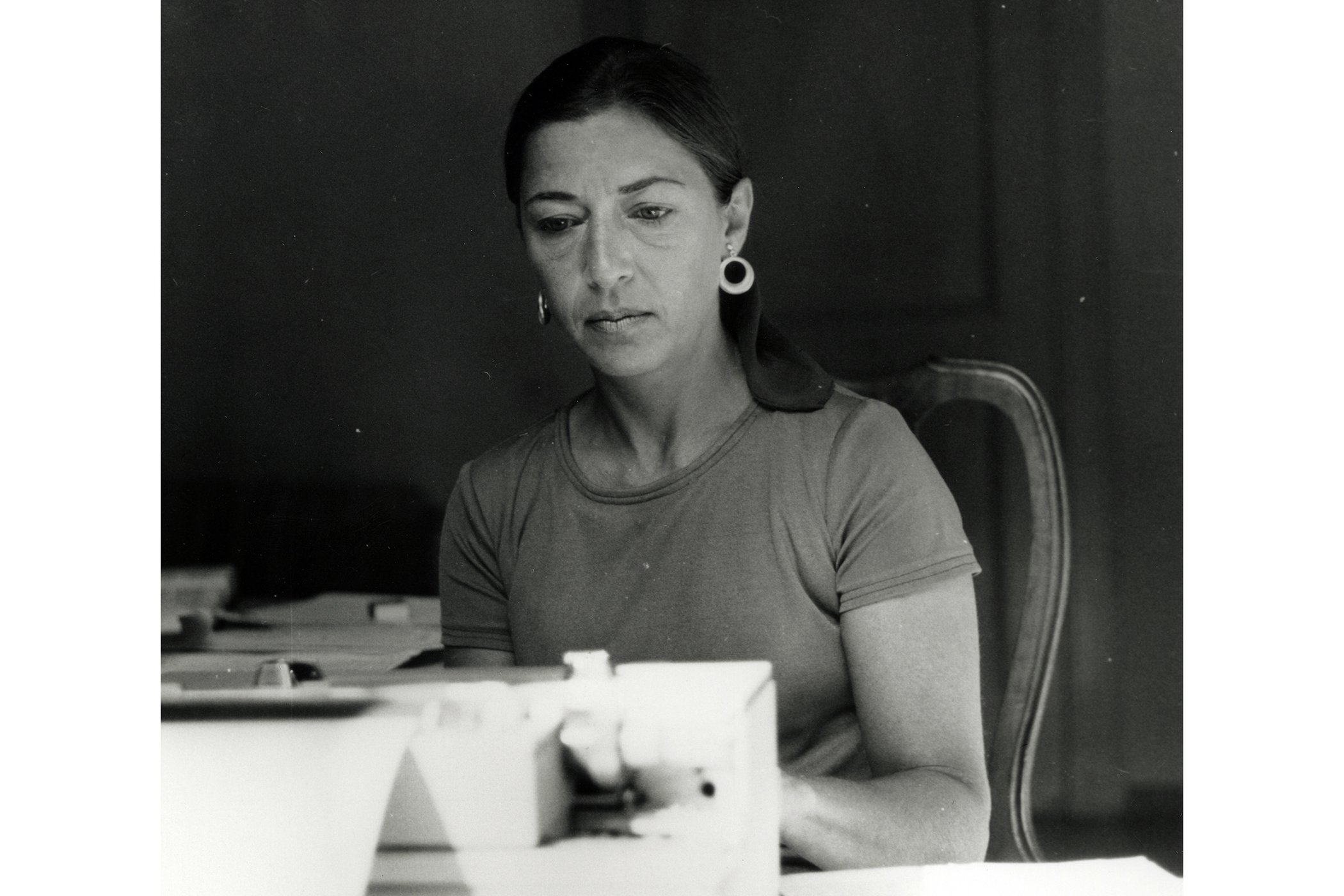
She Championed Equality and Human Rights
The rights that RBG ferociously fought for didn’t even exist when she was young. Even after she graduated at the top of her class at Columbia, she encountered difficulty finding employment in the legal sector because of her gender. She entered academia as a professor at Rutgers University but was paid less than her male colleagues because she had a husband with a well-paying job.
These instances only fueled her fight to ensure women’s rights in the workplace and beyond.
In 1972, she cofounded the Women’s Rights Project at the ACLU. As their director and legal counsel, she argued six gender discrimination cases before the Supreme Court between 1973 and 1976, winning five. RBG charted a strategic course on gender discrimination, taking aim at specific discriminatory statutes in the workplace and instances where individuals were denied benefits. She chose plaintiffs carefully, championing both female and male plaintiffs to demonstrate that gender discrimination was harmful to both sexes. Her work citing the equal protection clause of the Constitution to advocate for human rights led to significant legal advances for women in the United States. As a female citizen of the United States, I am able to have a credit card, bank account, and mortgage solely in my name, serve on a jury, and keep my job if I become pregnant because of the laws RBG fought for.
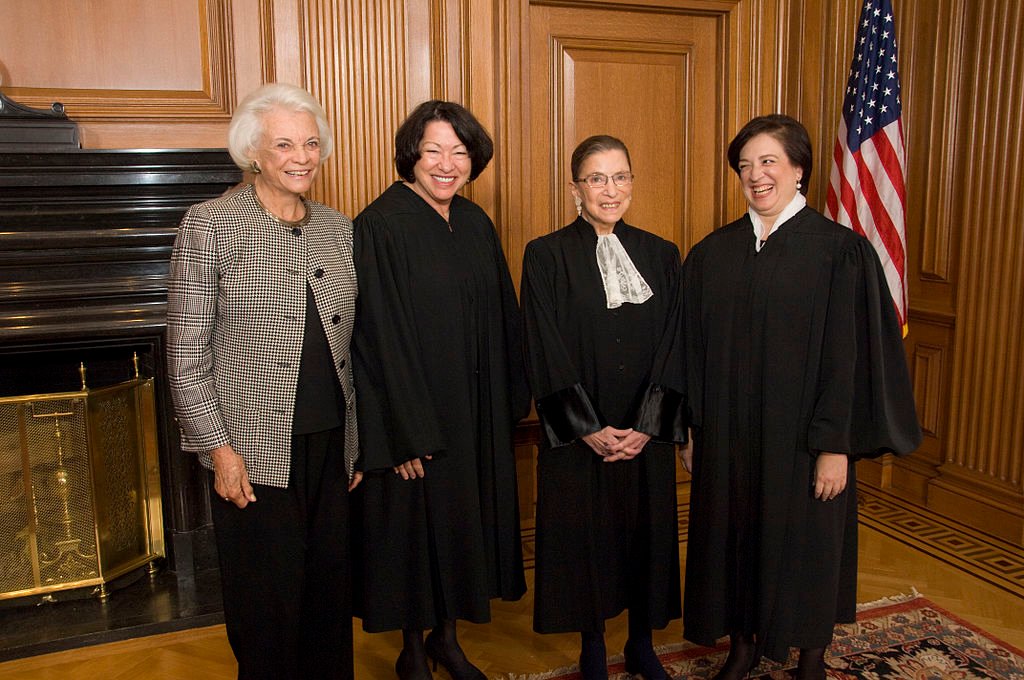
“I dissent”
Upon her nomination by President Bill Clinton and subsequent confirmation to the Supreme Court, RBG classified her own performance on the court as a cautious approach to adjudication. Rather than pushing her own agenda, she reservedly built on precedents laid out before, often citing international case law as examples of how rulings should go. When Sandra Day O’Connor retired from the court, RBG became the sole female on the bench and often had the authority to assign authorship of the dissenting opinion because of her seniority.
She is recognized for dissenting high-profile cases revolving around equality and gender discrimination, which often led to laws later down the line. For example, RBG dissented in the court’s decision on Ledbetter v. Goodyear in 2007, a case where plaintiff Lilly Ledbetter filed a lawsuit against her employer claiming wage discrimination based on her gender. In 2008, the Lilly Ledbetter Fair Pay Act was signed into law, making it easier for employees to win pay discrimination claims.
She was instrumental in paving the way for women to have a voice in the workplace and the opportunity to stand up for certain rights.
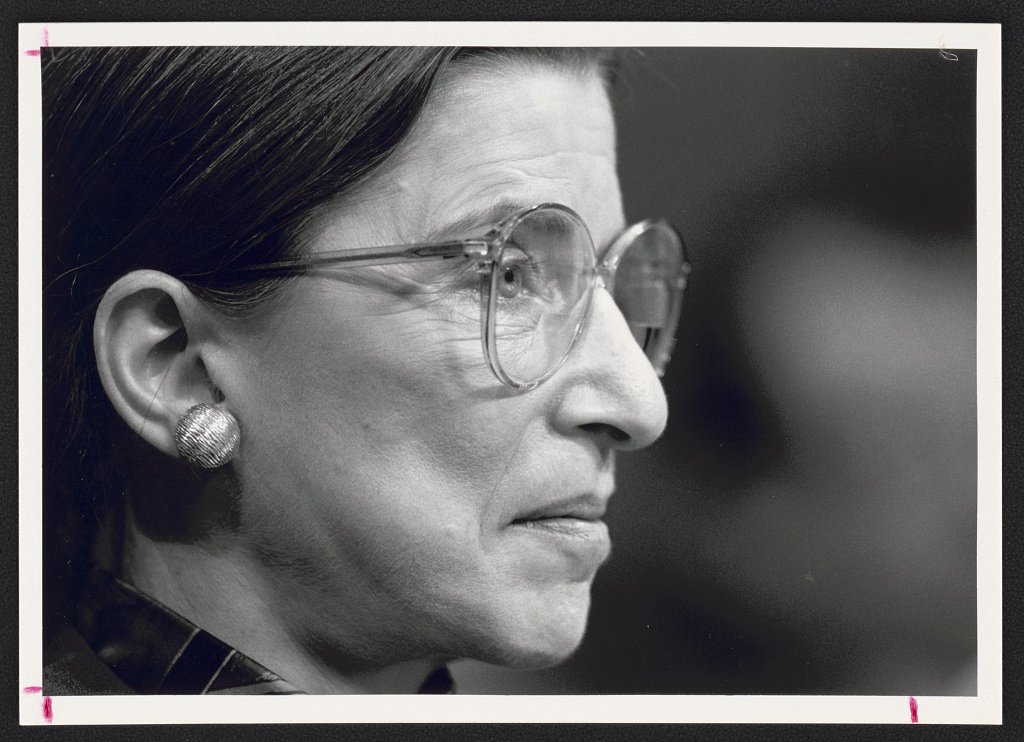
A True Example of Bridging the Divide
Although she was considered far left on the bench, RBG was close with a number of conservatives who held divergent opinions. Despite ideological differences, RBG considered Justice Antonin Scalia her closest colleague on the court. The two often dined together and attended artistic events as friends. They shared a deep love of opera and even appeared in guest nonspeaking roles in Ariadne auf Naxos at the Washington National Opera together.
Upon her passing, I saw individuals of all backgrounds and political parties come together to mourn RBG. Just read the statements from the other Supreme Court justices to understand what she meant to them. She was a woman who could look past her own ideals and disagreements with another individual to the person themselves. In our divided nation, she was a true example of open-minded grace toward others. Even if you don’t agree with her past dissents or stances on certain issues, look past that to appreciate a woman who fought for equal rights and assured us that women can make a difference when given a place at the table.
Thank you, RBG.
Active Classroom has hundreds of civics-based activities to teach about the Supreme Court
Access a free trial today
References
“Press Release of Supreme Court of the United States – 9/19/2020.” Supreme Court of the United States, 2020, www.supremecourt.gov/publicinfo/press/pressreleases/pr_09-19-20.
Rodriguez, Leah. “5 Laws Ruth Bader Ginsburg Championed to Support Gender Equality.” Global Citizen, Global Citizen, 21 Sept. 2020, www.globalcitizen.org/en/content/gender-equality-laws-quotes-ruth-bader-ginsburg/.
“Ruth Bader Ginsburg.” Oyez. Accessed September 21, 2020. https://www.oyez.org/justices/ruth_bader_ginsburg.
Venetis, Penny. “Ginsburg’s Legal Victories for Women Led to Landmark Anti-Discrimination Rulings for the LGBTQ Community, Too.” The Conversation, 21 Sept. 2020, theconversation.com/ginsburgs-legal-victories-for-women-led-to-landmark-anti-discrimination-rulings-for-the-lgbtq-community-too-146546.
Monet Hendricks is the blog editor and social media/meme connoisseur for Social Studies School Service. Passionate about the field of education, she earned her BA from the University of Southern California before deciding to go back to get her master’s degree in educational psychology. She currently attends the graduate program at Azusa Pacific University pursuing advanced degrees in school psychology and Applied Behavior Analysis. Her favorite activities include watching documentaries on mental health and cooking adventurous vegetarian recipes.